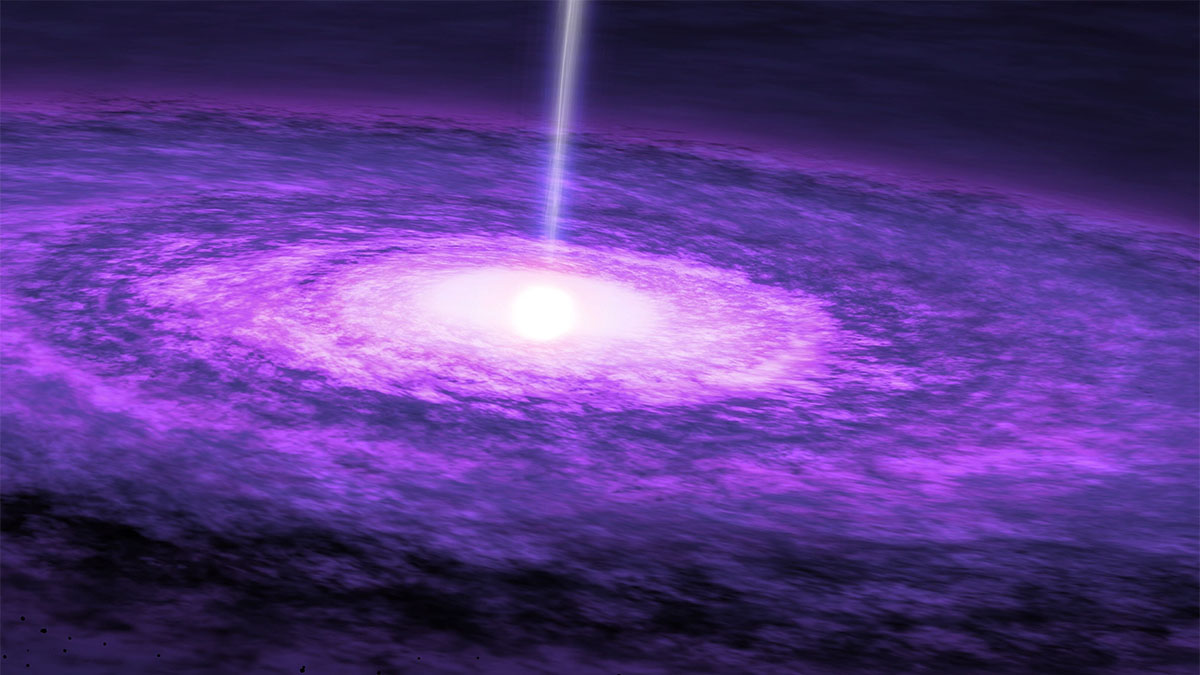are fast radio bursts the screams of cosmic zombies?

Fast radio bursts, or FRBs, are mysterious chirps from the distant cosmos that the media has blamed on alien signals, extraterrestrial spaceships, and microwaves, and scientists thought might be a product of catastrophic collapses of exotic neutron stars into black holes. But as more data came in, we found that these bursts could come from the same object multiple times, leading astronomers to float events on magnetically hypercharged neutron stars called magnetars as a likely explanation, though there were too few examples to consider this hypothesis a slam dunk. Clearly, we needed a lot more data to understand what was going on and now, that’s exactly what we got.
Using a new cluster of radio telescopes in the Australian outback, a team of astronomers is starting to vastly expand out library of FRB detections, lending credence to the estimate that these bursts may be happening as much as 10,000 times per day and if can separate the few milliseconds of event from hours of cosmic noise, we could get a much better idea at what may be producing them. To aid that process, the Australian Square Kilometer Array Pathfinder, or ASKAP, the telescope array in question is located far from any interference it can’t filter out and runs continuously to capture as many events as possible.
So far, the origins of FRBs are still fuzzy because while the signals are very irregular and extremely energetic, pointing to potential stellar catastrophes, there are repeating FRB producers. Even though repeaters are few and far between, they show that the events that trigger the bursts are survivable by something, we just can’t confirm if those objects are what we think they are yet. But all that said, the data captured so far points to neutron stars being the primary culprits. Their extreme physics provide countless opportunities for the slightest motion or impact to emit an immense amount of energy.
Disruptions in magnetars’ powerful magnetospheres, collisions, collapses, accretions of gas from stars that wander too close, and starquakes could all send out a cosmic scream fifty times faster than the blink of an eye, which is why the researchers are so focused on these stellar zombies. And with ASKAP set to quadruple in size, generating more and more data on FRB detections for astronomers to parse, researchers seem confident that it’s not a matter of if we’ll confirm what causes neutron stars to emit FRBs, but when.
See: Shannon R.M., et al., The dispersion–brightness relation for fast radio bursts from a wide-field survey, Nature Vol. 562, pages 386–390 (2018) DOI: 10.1038/s41586-018-0588-y





